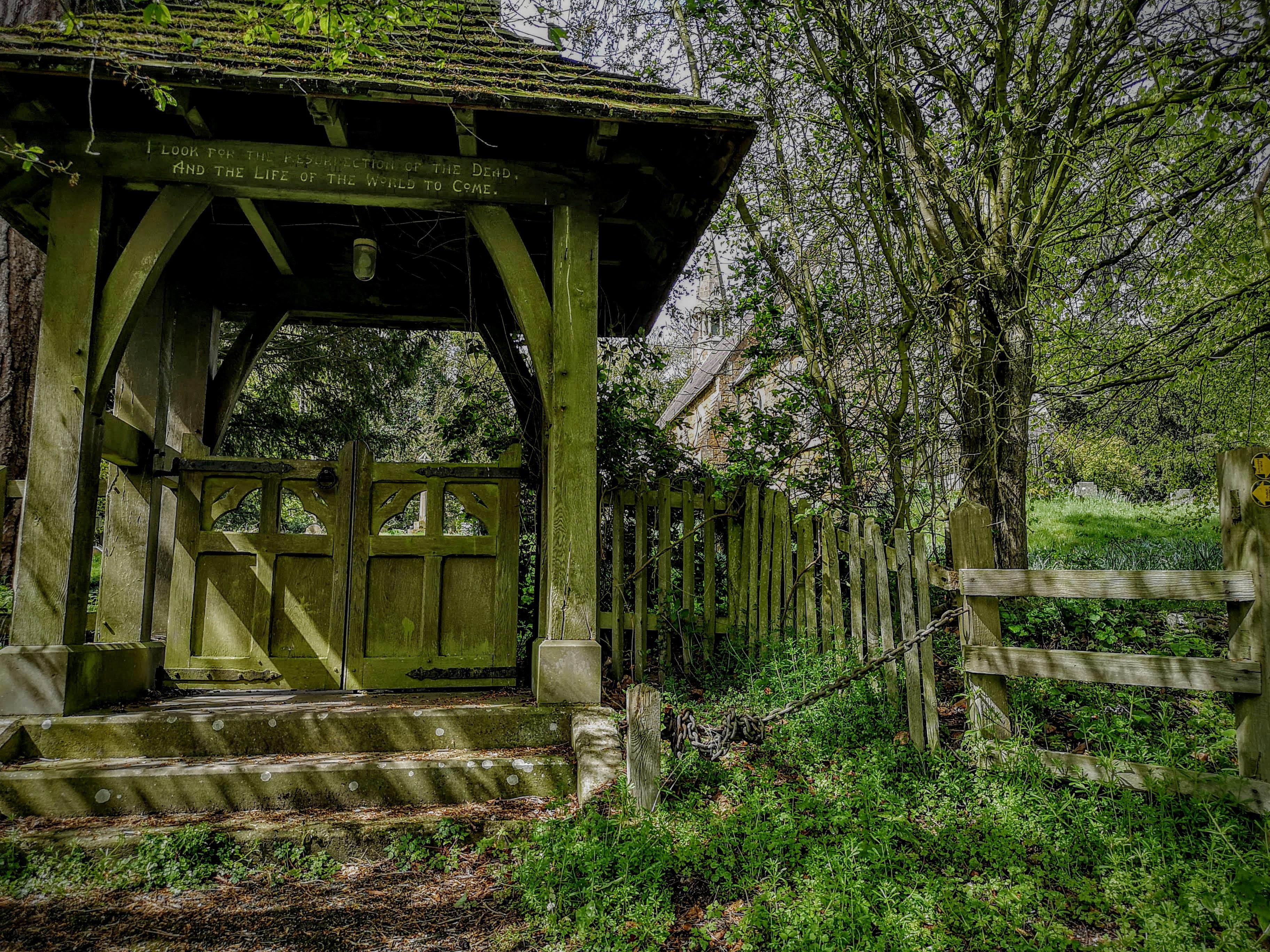All Saints
Thorganby, Lincolnshire
Delightful 13th century church with restoration in 1900.

A fine expression of Victorian high church ritualism.
Wold Newton, Lincolnshire
Consecrated in 1862 having been rebuilt to the design of the locally renowned architect James Fowler, it is thought to be the fifth church on the site. It stands above the village across a field on the hillside.
The interior is largely the vision of the village squire from 1879 to 1956, William Maurice Wright, who during an inglorious period at Oxford University caught the wave of the high church revival and on his return delighted in embellishing the church with the trappings of ritualism.
A rood beam, surmounted by figures of the crucified Christ and the two Marys, dominates the chancel and statues of 8 saints mounted on stone plinths acquired from various local ecclesiastical ruins punctuate the stained glass windows. 6 brass oil lamps (now with electric light bulbs) hang in the chancel.
The oldest remnant of earlier churches is the stone font dating from around 1360. The organ was manufactured by Foster and Andrews of Hull.
Thorganby, Lincolnshire
Delightful 13th century church with restoration in 1900.
Swinhope, Lincolnshire
The church contains several interesting memorials to the Alington family, of nearby Swinhope Hall, who for many generations have been associated with the parish.
Grainsby, Lincolnshire
St Nicholas is built of chalk and ironstone and has some interesting scorch marks on the walls, believed to be the result of the church being ‘fired’ by marauding Danes.